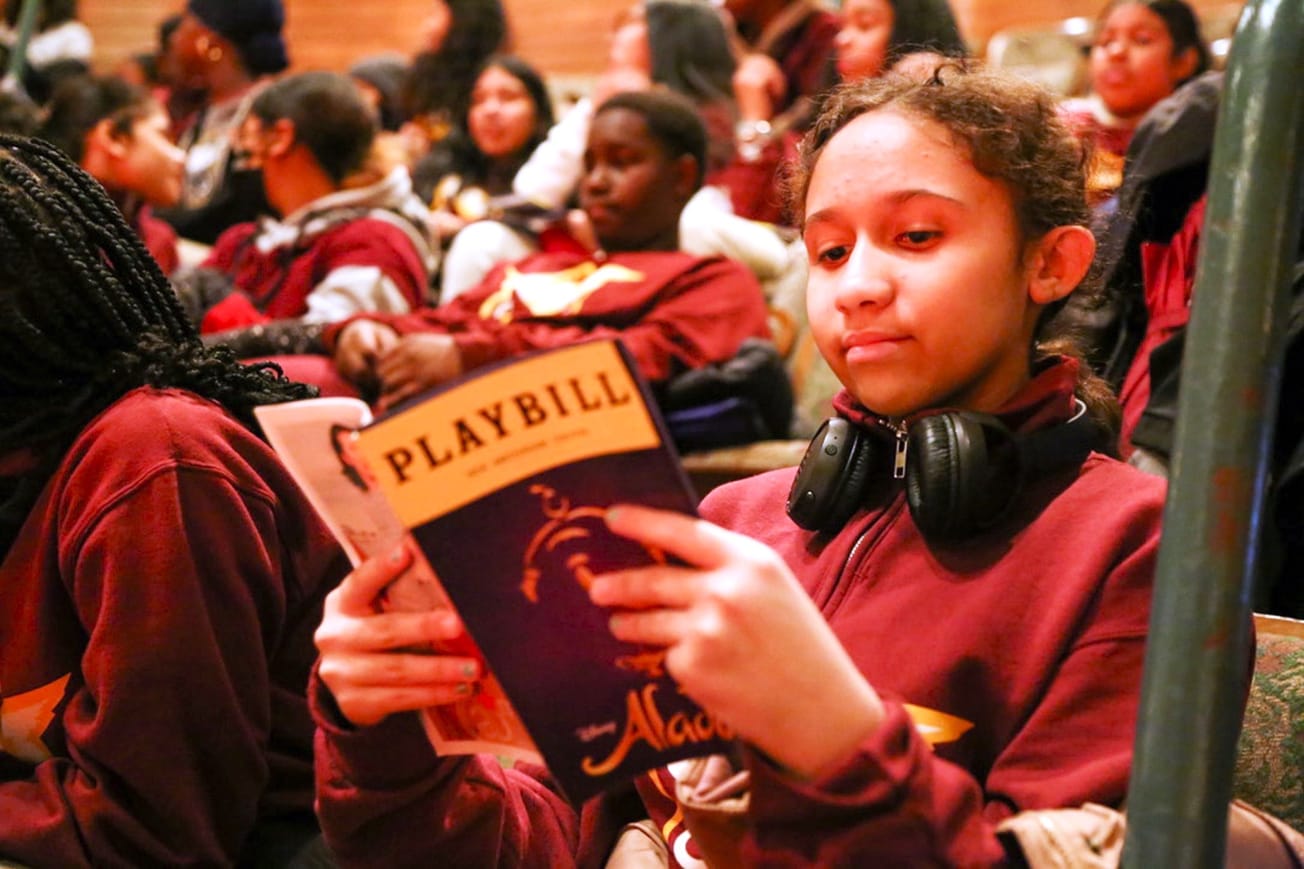The world had high hopes that the return to in-person learning would signify a steady path towards educational recovery after the disruptions caused by the COVID-19 pandemic. However, recent data from the NWEA Research Brief reveal disheartening realities: progress toward pandemic recovery has stalled, and significant achievement gaps persist across grade levels and racial/ethnic groups. It is evident that our educational system faces a steep uphill battle, requiring a collective effort to ensure all students receive the support they need to thrive.
The report's findings are a sobering reminder that the journey towards academic recovery is far from over. In nearly all grades, student achievement during the 2022-23 academic year fell short of pre-pandemic trends. This setback ranged from 1% to a staggering 19% in reading and 6% to 15% in math compared to pre-pandemic averages. This concerning trend is even worse than the one observed in 2021-22, where, on the whole, achievement gains either met or surpassed pre-pandemic trends. This indicates that the impacts of COVID-19 have not only persisted but have also hindered the expected progress towards closing learning gaps.
One of the most concerning revelations from the report is the enduring achievement gaps. The average student is faced with the daunting task of needing an additional 4.1 months of schooling to catch up in reading and 4.5 months in math. These disparities disproportionately affect marginalized students, perpetuating inequities that have long plagued our educational system. As we strive to achieve true recovery, we must prioritize support for underserved communities and address the systemic barriers that hinder their academic success.
To tackle the challenges highlighted in the report, several key strategies should be considered. First and foremost, schools and districts must adopt targeted intervention programs to provide personalized support to struggling students. Early identification of learning gaps and timely interventions can prevent further setbacks and empower students to thrive academically.
Moreover, investment in mental health resources for students and educators is crucial. The pandemic has taken a toll on the well-being of both, and addressing the emotional and psychological aspects of learning is essential for creating a conducive learning environment. By fostering resilience and emotional support, we can help students navigate the challenges they face and reduce barriers to their success.
Collaboration and communication between schools, parents, partner organizations, and communities are also vital components of the recovery process. By engaging parents, guardians, and entire communities in their children's learning journey, we can foster a stronger support system that ensures every student receives the encouragement they need to excel.
Lastly, adequate funding and policy changes are required to address the longstanding inequities in education. By prioritizing resources and innovative approaches, we can pave the way for lasting recovery and create an educational system that is more equitable and inclusive.
The NWEA Research Brief has unveiled the harsh realities of the setbacks caused by the pandemic on our educational system. However, it is also a wake-up call to unite and renew our commitment to ensure all students have access to a high-quality education. By focusing on targeted interventions, supporting student and teacher well-being, strengthening community ties, and enacting meaningful policy changes, we can collectively embark on the journey towards true educational recovery. Let us seize this opportunity to create a brighter future for our students and build a resilient and equitable education system for generations to come.









